An overreaction of the body’s immune system to an allergen or trigger is referred to as an allergy. Here, an allergen refers to things that generally are harmless for most people. The symptoms of an allergy can be quite varied, based on the body’s reaction to the allergen, like continuous sneezing, skin hives, teary eyes, etc., triggered by exposure to certain types of food, dust, cold, pet fur, etc. These symptoms of allergy only show up upon exposure to the allergen(s).
What is an Allergy?
The immune system works as the body’s defence against sickness and infection in human beings, but there are a few people who tend to have an overactive immune system. These are the people that develop an allergy to substances that their body considers to be an “invader”.
The symptoms of an allergy can be mild or severe, varying from one person to another as everyone’s immune system does not function in the same manner.
Symptoms of an Allergic Reaction
The response of the body to an allergen triggers the production of allergic antibodies that lead to the release of the histamine hormone, which in turn causes the symptoms of the allergic reaction.
Types of Allergic Reactions
Based on the trigger and the reactions to the allergy, the types of the condition may vary from person to person. Some of the most common allergies include:
- Food Allergy: One of the most common types of allergy is the allergy of food where a person’s body develops specific antibodies against certain foods. The reactions to this type of allergy can be seen within minutes of eating a particular food. The most common food allergies include shellfish and peanuts among adults and milk, egg, soy, wheat, etc. among children. On eating the food one is allergic to, there may be different types of allergic reactions that can occur, like itching, hives, nausea, vomiting, etc.
- Drug Allergy: This type of allergy is not very common. Some people develop various types of allergic reactions to a specific medication or the chemical components of said medication. Commonly, the reactions caused by medication are referred to as side effects rather than allergic reactions.
- Insect Allergy: Normal reactions to insect bites can include pain, swelling, or redness around that sting area. However, if that redness keeps increasing to cover a larger area, it may be indicative of an insect allergy. The most common symptoms of insect allergy include:
- difficulty in breathing
- larger than normal skin hives
- swelling on the face, throat, or other parts of the body, other than the sting site
- restlessness
- heart palpitations
- dizziness
- Mould Allergy: Mould is a microscopic plant like organism that grows on the surfaces of damp places like bathrooms, basements, etc., and is a common trigger for allergies. Treating mould allergies generally involves medication for the symptoms but may also include immune therapy in more severe cases.
- Dander Allergy: Also called a pet allergy, this is when a person has an allergic reaction caused by the proteins secreted in a pet’s saliva or dander. Avoiding contact with pets, using air purifiers, and using medication for the eye or nasal symptoms are among the common ways of treating pet allergies.
- Pollen Allergy: Pollen is another common trigger that leads to seasonal allergies, generally known as hay fever.
Symptoms of Allergies
Ranging from mild to severe, the symptoms of allergy may include:
- Mild: Local symptoms like rash, hives, itchiness, red eyes, watery eyes, runny nose, etc. that do not spread to other parts of the body.
- Moderate: Same as the mild symptoms but can also spread to other parts of the body. Symptoms may also include breathing difficulties.
- Severe: A rare allergic reaction also known as anaphylaxis, can lead to life threatening situations where a sudden response to an allergen affects the entire body. It may begin with symptoms like redness or itching over the face, progressing to the more severe symptoms within minutes, like swelling of the throat, abdominal cramps, confusion, vomiting, angioedema (swelling), sudden drop in blood pressure, etc.
Tests for Allergy Diagnosis
If someone begins showing symptoms of an allergic reaction that do not go away for more than a week or two, they should consult their doctor, who might recommend tests for screening if you have an allergy. In case the results are positive, a more comprehensive allergy profile test will be recommended for a more precise diagnosis. Treating allergies as well as their prevention depend on the condition one is suffering from. Some of the most common tests used to detect allergies include:
- The Skin Prick Test: In this test, a thin needle is used to prick the skin with potential allergens. This test can check for reactions to up to 50 allergens. If a person is allergic, they will start showing symptoms like redness within 15 minutes. These allergy tests are best for detecting airborne allergies, food allergies, and penicillin allergies.
- Intradermal Skin Test: If the results of the skin prick test are inconclusive, an intradermal test may be recommended. In this, small amounts of allergens are injected into the epidermis (outer layer of skin) to check for allergies to airborne irritants, medication, or insect bites.
- Patch Test: These tests for allergy detection involve exposure to allergens over a prolonged period of time. Either allergens are placed on the skin and covered or a patch (bandage) with the allergen is applied for a period of 48-96 hours to detect if there is any allergic reaction.
- Blood (IgE) Test: A sample of blood is collected for testing to measure the levels of IgE antibodies, through exposure to various allergens.
The cost of the allergy test will depend on the test you need to opt for, which in turn will be prescribed by the consulting doctor, based on the symptoms, risk factors, etc.
How to Prevent Allergies?
The best way of allergy prevention is by avoiding exposure to allergens, which may of course not be possible in all cases. Allergy prevention vary based on the allergy one has. For example, if avoiding contact with a pet is not possible, regular grooming, air filters, better ventilation, etc. are some steps that may prove to be effective.
People with severe allergic conditions are prescribed daily medication or regular allergy shots to help reduce the immune system’s response to certain allergens.
Knowing about the symptoms and the right tests for allergy detection and about the preventative measures one can take is crucial in treating allergies.













 7982100200
7982100200



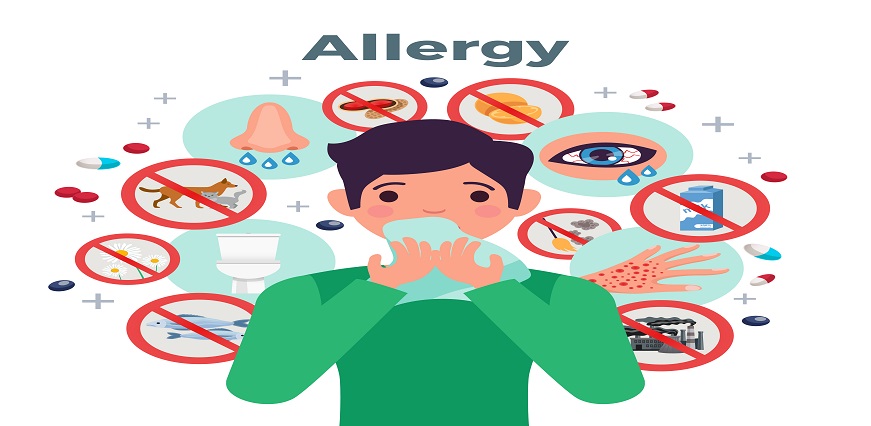
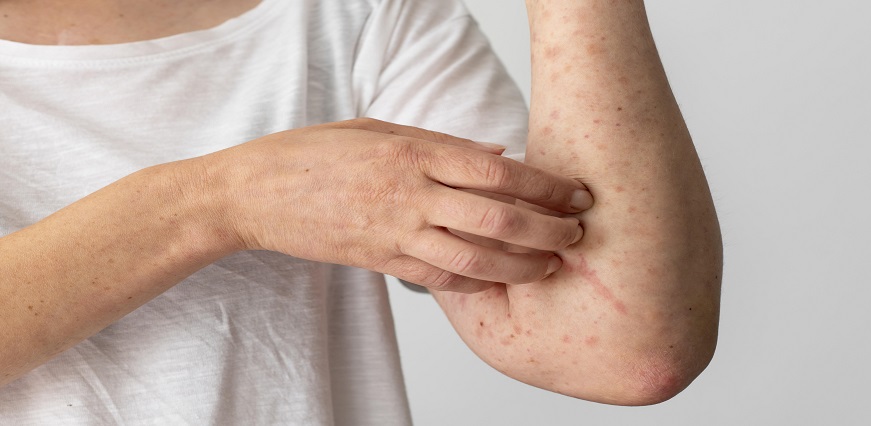

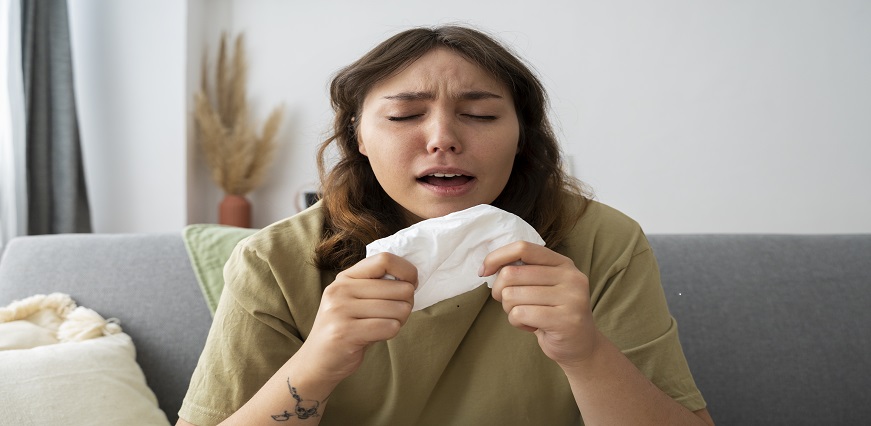


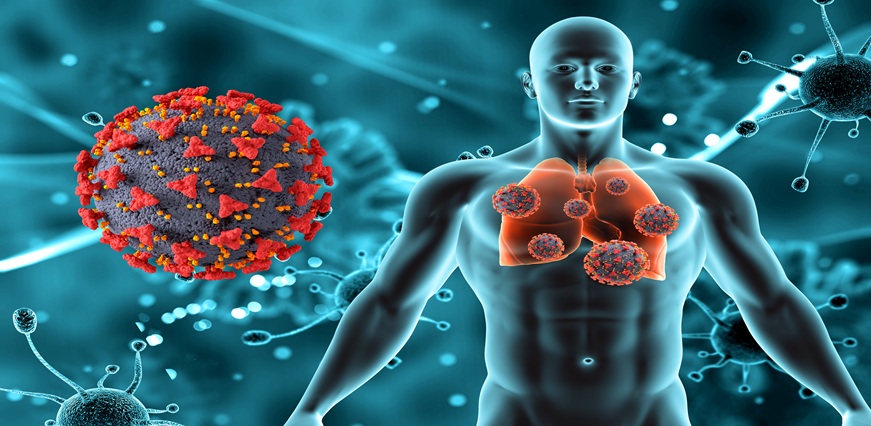
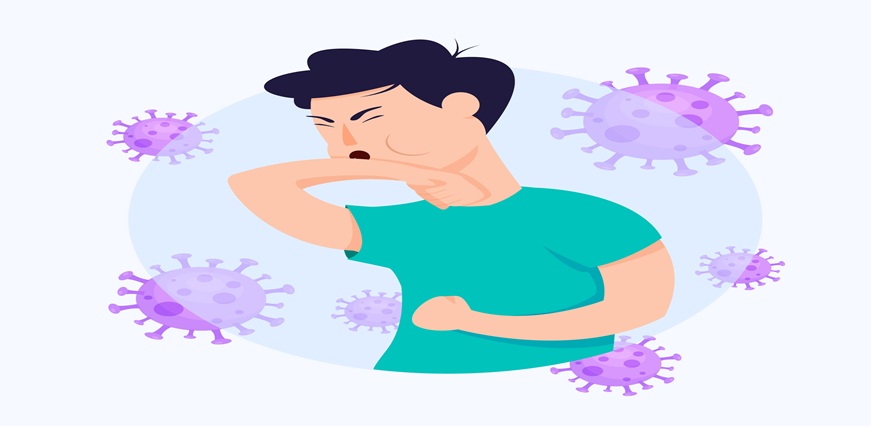













 To reach our help desk call 9213188888
To reach our help desk call 9213188888.png)
Comments